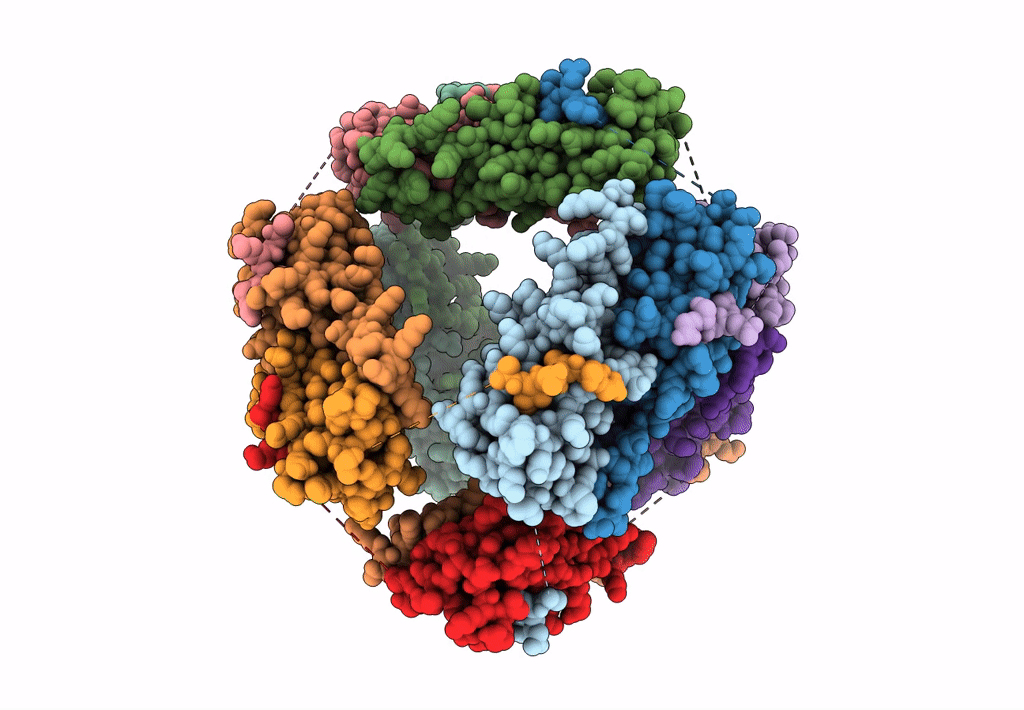
Deposition Date
2005-08-05
Release Date
2005-08-22
Last Version Date
2024-05-08
Entry Detail
PDB ID:
2BYU
Keywords:
Title:
Negative stain EM reconstruction of M.tuberculosis Acr1(Hsp 16.3) fitted with wheat sHSP dimer
Biological Source:
Source Organism:
TRITICUM AESTIVUM (Taxon ID: 4565)
Method Details:
Experimental Method:
Resolution:
16.50 Å
Aggregation State:
PARTICLE
Reconstruction Method:
SINGLE PARTICLE


